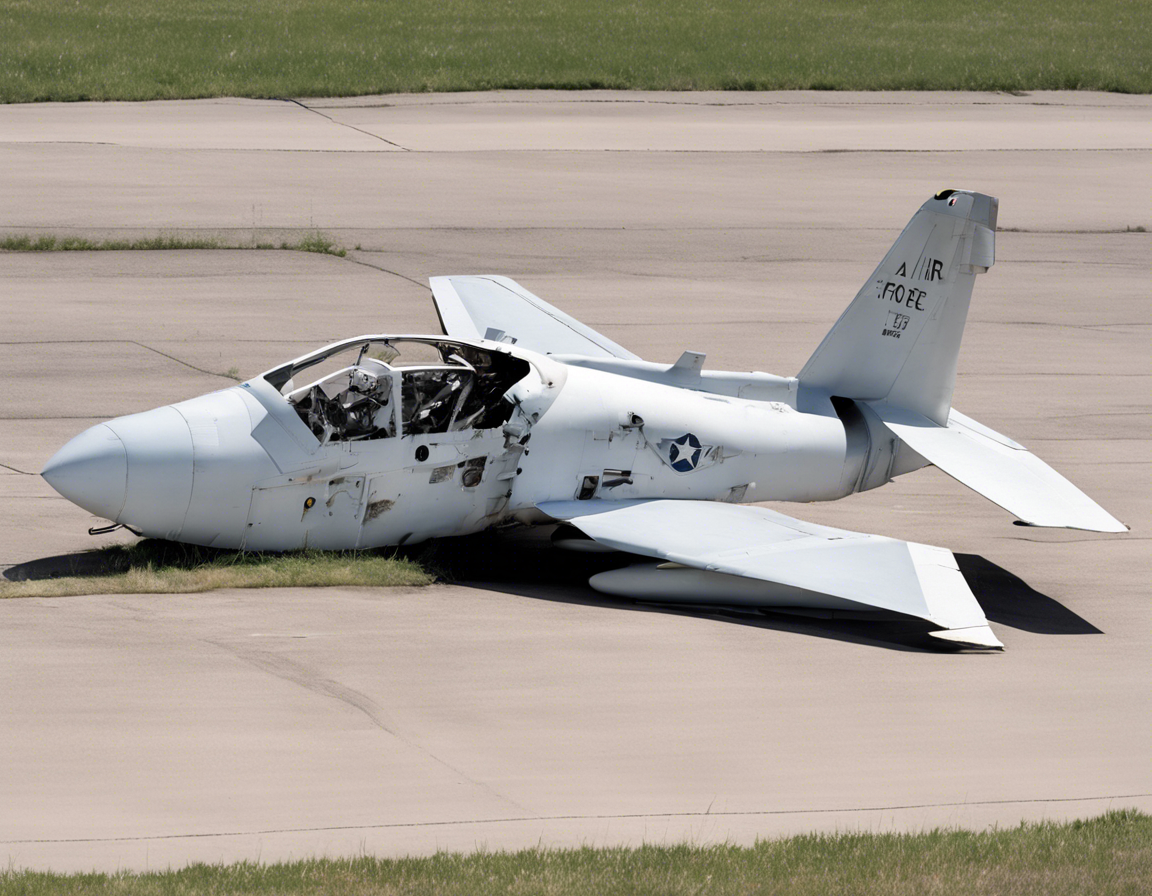Introduction
On the 18th of May, 2021, a tragic incident occurred as a Taiwanese Air Force trainer aircraft crashed into the ocean with two pilots on board. The incident, which took place off the island’s southeast coast, has sparked concerns and discussions regarding flight safety, training protocols, and the implications for the aviation industry. In this article, we delve into the details of the crash, analyze the possible causes, and discuss the broader implications of such incidents on the aviation sector.
Incident Details
Details of the Crash
The tragic event involved an AIDC T-5 Brave Eagle trainer aircraft, a model that had only recently entered service with the Taiwanese Air Force. The aircraft was on a routine training mission when it lost contact with the control tower and subsequently crashed into the water near Taitung City. The two pilots on board, a veteran instructor, and a trainee, were both tragically killed in the crash.
Immediate Response
Following the crash, the Taiwanese military mobilized a search and rescue operation, recovering the wreckage of the aircraft and the pilots’ remains. An investigation team was promptly assembled to determine the cause of the incident, with a focus on understanding whether it was due to mechanical failure, human error, or other factors.
Aircraft Background
The AIDC T-5 Brave Eagle is a domestic Taiwanese aircraft designed for advanced pilot training. With its advanced avionics and performance capabilities, the aircraft represents a significant upgrade for the Taiwanese Air Force. However, the recent crash has cast a shadow over its safety and reliability.
Possible Causes of the Crash
Mechanical Failure
One of the primary concerns following any aircraft crash is the possibility of mechanical failure. Investigators will meticulously examine the recovered wreckage to determine whether any technical issues or malfunctions contributed to the crash of the T-5 Brave Eagle.
Human Error
Flight operations are inherently complex, and even the slightest error in judgment or execution can have catastrophic consequences. The investigation will likely scrutinize the actions of the pilots leading up to the crash, as well as their adherence to standard operating procedures and training protocols.
Environmental Factors
Weather conditions, visibility, and other environmental factors can also play a significant role in aviation incidents. The investigation team will assess whether adverse weather conditions or other environmental elements may have played a part in the crash of the trainer aircraft.
Training Procedures
Given that the T-5 Brave Eagle is primarily used for training purposes, the investigation will also evaluate the effectiveness of the training program for pilots operating this aircraft. Any deficiencies in training protocols or curriculum may be identified as contributing factors to the crash.
Implications for the Aviation Industry
Safety Concerns
Incidents such as the T-5 Brave Eagle crash inevitably raise concerns about the safety of military and civilian aviation. Stakeholders across the aviation industry will closely monitor the investigation findings and any resulting recommendations to enhance safety standards and protocols.
Aircraft Reliability
The crash of a relatively new aircraft like the T-5 Brave Eagle raises questions about its overall reliability and performance. Manufacturers, regulators, and operators will collaborate to address any identified issues and ensure that similar incidents are prevented in the future.
Training and Procedures
Effective training and adherence to established procedures are critical components of aviation safety. The crash of the trainer aircraft underscores the importance of continuous training, simulation, and adherence to best practices to prevent accidents and enhance pilot proficiency.
Regulatory Oversight
Regulators play a key role in ensuring that aircraft meet stringent safety standards and that operators adhere to prescribed protocols. The T-5 Brave Eagle crash will prompt regulatory authorities to review certification processes, maintenance requirements, and operational guidelines to enhance safety across the industry.
Frequently Asked Questions (FAQs)
1. What is the AIDC T-5 Brave Eagle trainer aircraft?
The AIDC T-5 Brave Eagle is a domestically produced advanced trainer aircraft used by the Taiwanese Air Force for pilot training purposes.
2. How common are trainer aircraft crashes in the aviation industry?
While trainer aircraft crashes are relatively rare, they do occur from time to time due to a range of factors including mechanical failure, human error, and environmental conditions.
3. What steps are taken after an aircraft crash to determine the cause?
Following an aircraft crash, an investigation team is assembled to examine the wreckage, analyze flight data, interview witnesses, and assess various factors to determine the probable cause of the incident.
4. How can the aviation industry improve safety standards in light of incidents like the T-5 Brave Eagle crash?
Improving safety standards in the aviation industry requires a collaborative effort among manufacturers, regulators, operators, and pilot training programs to enhance aircraft design, maintenance practices, operational procedures, and pilot training protocols.
5. What role do regulators play in ensuring aviation safety?
Regulatory authorities are responsible for overseeing compliance with safety standards, issuing certifications, conducting inspections, and enforcing regulations to ensure the safety and security of the aviation industry.
In conclusion, the tragic crash of the T-5 Brave Eagle trainer aircraft serves as a somber reminder of the inherent risks associated with aviation operations. By thoroughly investigating the incident, implementing recommended safety measures, and enhancing training protocols, the aviation industry can work towards preventing similar tragedies in the future.



